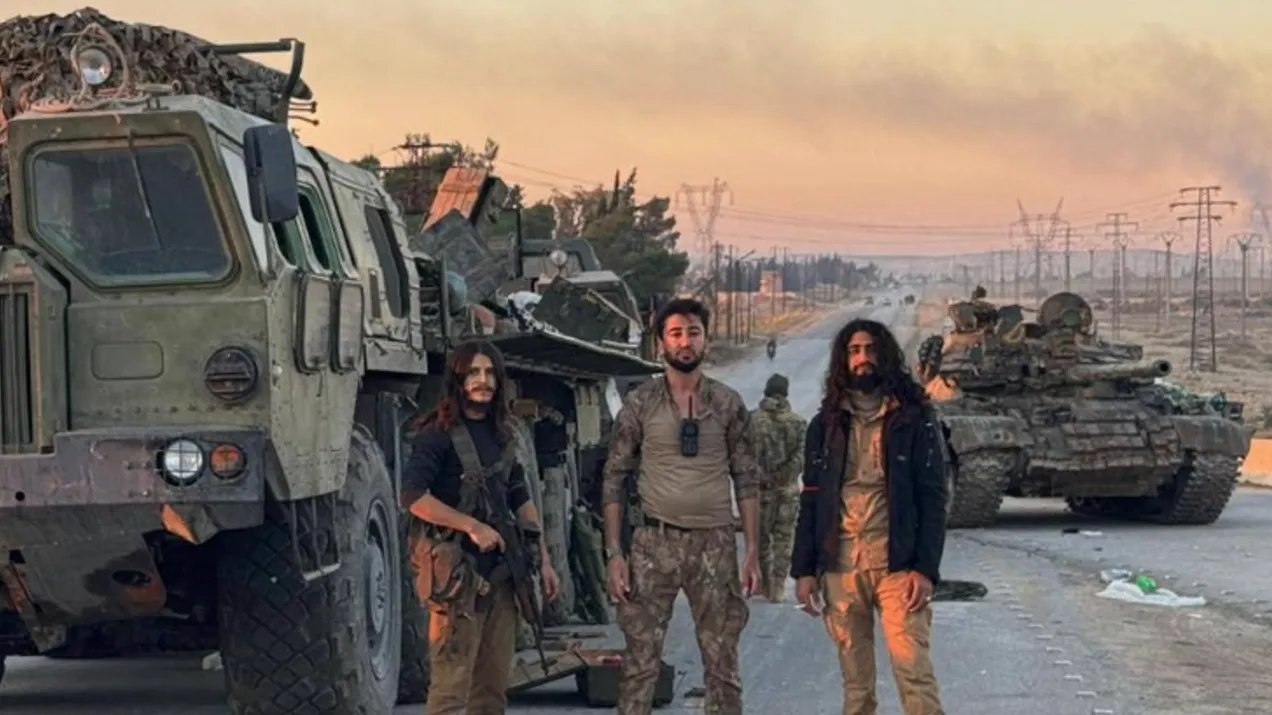The swift capture of Aleppo by rebels led by Hayʼat Tahrir al-Sham (HTS) has precipitated a series of events that make the collapse of Bashar al-Assad’s regime in Syria increasingly likely. The Syrian Arab Army (SAA) has long relied on Russian air support and Iranian militias to hold back more motivated rebels. But both Russia and Iran are overstretched, and with a well-organized HTS offering a new state vision, Assad’s forces have melted away from Hama, Deir ez-Zour, and now Homs.
The potential fall of Assad puts Russia’s naval base at Tartus and Khmeimim Air Base in Latakia at risk. Both bases are critical to Russia’s military operations in Libya, the Sahel, and the Central African Republic. Khmeimim in particular is the refueling point for planes carrying Russian military equipment, personnel, and other supplies further on to Libya and sub-Saharan Africa. This year, Russia’s military has moved thousands of tons of military equipment to Tobruk through its Tartus naval base.
According to sources in Russia’s private military company (PMC) community, there is no plan underway to save Assad militarily, especially if Iran does not intervene. Russian mercenaries I’ve interviewed for my book on the history of Wagner note that after 2018, and prior to Yevgeny Prigozhin’s August 2023 mutiny and the subsequent redeployment of Wagner forces in Syria, Moscow provided the air support to Assad, and Iran-backed militias the men. With Syrian forces on the run, and no air support, a Russian “PMC” or volunteer corps can do little to halt a regime collapse.
Starting in 2017, when Sudan’s Omar al-Bashir invited Russian instructors to train his forces, Yevgeny Prigozhin, his PMC Wagner Group, and like-minded members of Russia’s security institutions worked hard to draw the Russian state back to Africa. They found, and helped further create a steady demand for Russia’s primary export to Africa: security.
Africa remained, of course, a relative backwater until Moscow’s full-scale invasion of Ukraine. Narratives that painted Russia as a force for de-colonialism in the global south suddenly became critical to Kremlin efforts to show the world, and its own public that it was not isolated. Russia’s military footprint in the Sahel extended from Mali to Burkina Faso and Niger.
Now, Russia’s political and military leadership (and its influential military blogger community) is loath to be seen as “giving up” on those partnerships. But Africa Corps and Wagner operations in Libya, Mali, the Central African Republic, and elsewhere rely on Syria for military logistics. If Russia loses Tartus and Khmeimim, the alternatives are not great.
Libya is the next hub for Russia after Syria. Russian cargo planes can fly from southern Russia to Libya without refueling, through Turkish airspace. But without the Tartus naval base, supplying Libya and Africa operations becomes more expensive. Russia has invested heavily in its bases in Libya, which are de-facto under Russian, not Libyan control. But those bases are still on loan from Field Marshal Khalifa Haftar, an unpredictable strongman only in charge of half of the country, rendering their status vulnerable.
Russia could pressure Haftar to grant a more permanent naval base in eastern Libya. Such a base would only be useful if Russia convinced Turkey to lift the Montreux Convention, which is extremely unlikely. But that would be just the first obstacle. A Russian naval base in Libya is also widely viewed as a red line for the United States. It is probably safe to assume that Russia has been a topic of discussion between AFRICOM Commander General Michael Langley and Haftar during the former’s visits to Benghazi.
Indeed, events in Syria hardly put Haftar in a great geopolitical position. While the Field Marshal is an expert at balancing geopolitical rivals, there is less wiggle room to play both sides on a naval base. The Russians will pressure him to make concrete concessions, and the Americans will make it clear there’s no room for negotiation: a Russian naval presence in Libya requires redrawing a lot of NATO maps.
A naval base in Port Sudan is perhaps even more ethereal. Russian institutions have been relatively split with regards to the civil war pitting Sudan’s Armed Forces (SAF) against the paramilitary Rapid Support Forces. Russian officials closer to Egypt lobbied for the Kremlin to throw its weight behind SAF, those who worked closer with the United Arab Emirates (Prigozhin and other semi-state structures) initially provided some support to the RSF.
Now it appears the SAF lobbyists have won out, and Russian officials are back in Port Sudan negotiating a naval base. Talks, as one Russian source puts it, are one thing. Putting those talks into practice amidst a debilitating civil war in Sudan is another. An actual naval base is far off.
If Moscow loses its bases in Syria, Russia’s Africa operations are in a difficult position no matter what, at least in the near term. HTS’ recent statement, that its battle is with the Syrian regime and not Russia, will give diplomats some hope that they can negotiate to keep their bases. If not, Russia’s strategy in the Sahel and central Africa will undoubtedly have to accommodate for more limited capacity. Given recent setbacks in places like Tinzaouaten, however, an excuse to pullback may be welcome in some Russian military circles.
Source: Behind the Front













No comments.
By submitting a comment you grant Free West Media a perpetual license to reproduce your words and name/web site in attribution. Inappropriate and irrelevant comments will be removed at an admin’s discretion. Your email is used for verification purposes only, it will never be shared.